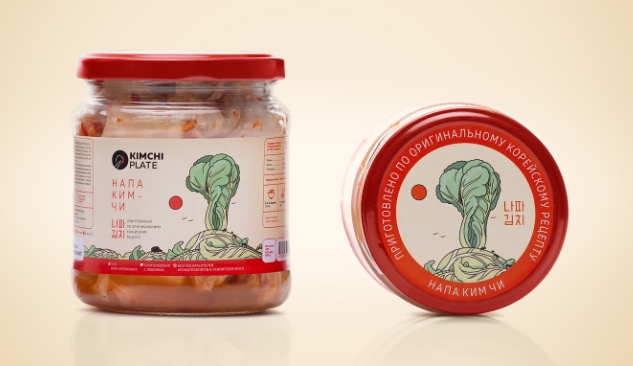Exploring Kimchi Packaging Design: The Art and Science Behind the Jar
In a world where presentation matters as much as taste, kimchi packaging design is an often-overlooked art that can make a significant impact on consumers. As kimchi gains popularity outside of Korea, understanding its packaging becomes essential for brands aiming to capture the attention of both traditional and new audiences. This article delves into the key elements of effective kimchi packaging design and why it matters.
Cultural Significance and Visual Appeal
The packaging of kimchi serves as a connection between the product and its cultural roots. Traditional designs often feature vibrant colors and intricate patterns that celebrate Korean heritage, drawing consumers in and creating a sense of authenticity. A well-designed package can evoke feelings of nostalgia, while modern interpretations might focus on minimalism to appeal to younger generations. Incorporating elements of Korean culture into the design helps to bridge the gap between old and new, fostering a deeper appreciation for the product.
Functionality Meets Sustainability
Beyond aesthetics, the functionality of kimchi packaging plays a crucial role in preserving the product’s quality. Given kimchi’s fermentation process, packaging needs to allow for gas release while preventing contamination. This has led to innovative designs, such as jars with specialized lids that maintain freshness. Additionally, sustainability is becoming increasingly important to consumers. Brands that opt for eco-friendly materials not only help combat environmental issues but also align themselves with the values of conscious consumers, making their products more appealing.
Marketing and Consumer Engagement
The way kimchi is packaged can also enhance marketing strategies. Attractive and informative packaging can grab attention on crowded supermarket shelves, encouraging impulse buys. Brands can leverage storytelling on their labels, sharing the history of their kimchi or highlighting unique ingredients, making it easier for consumers to connect with the brand. Engaging packaging can create a memorable unboxing experience that prompts customers to share it on social media, further promoting the product through word-of-mouth and visual content.
Conclusion
Kimchi packaging design is more than just an afterthought; it plays a critical role in conveying the essence of this beloved dish. By embracing cultural significance, functionality, and marketing strategies, brands can create packaging that not only delights the eyes but also supports sustainability and consumer engagement. As you explore the world of kimchi, consider the impact of effective packaging design—it’s all part of the delightful experience! If you’re curious about more strategies to elevate your brand or product, keep learning and discovering what resonates with your audience.

